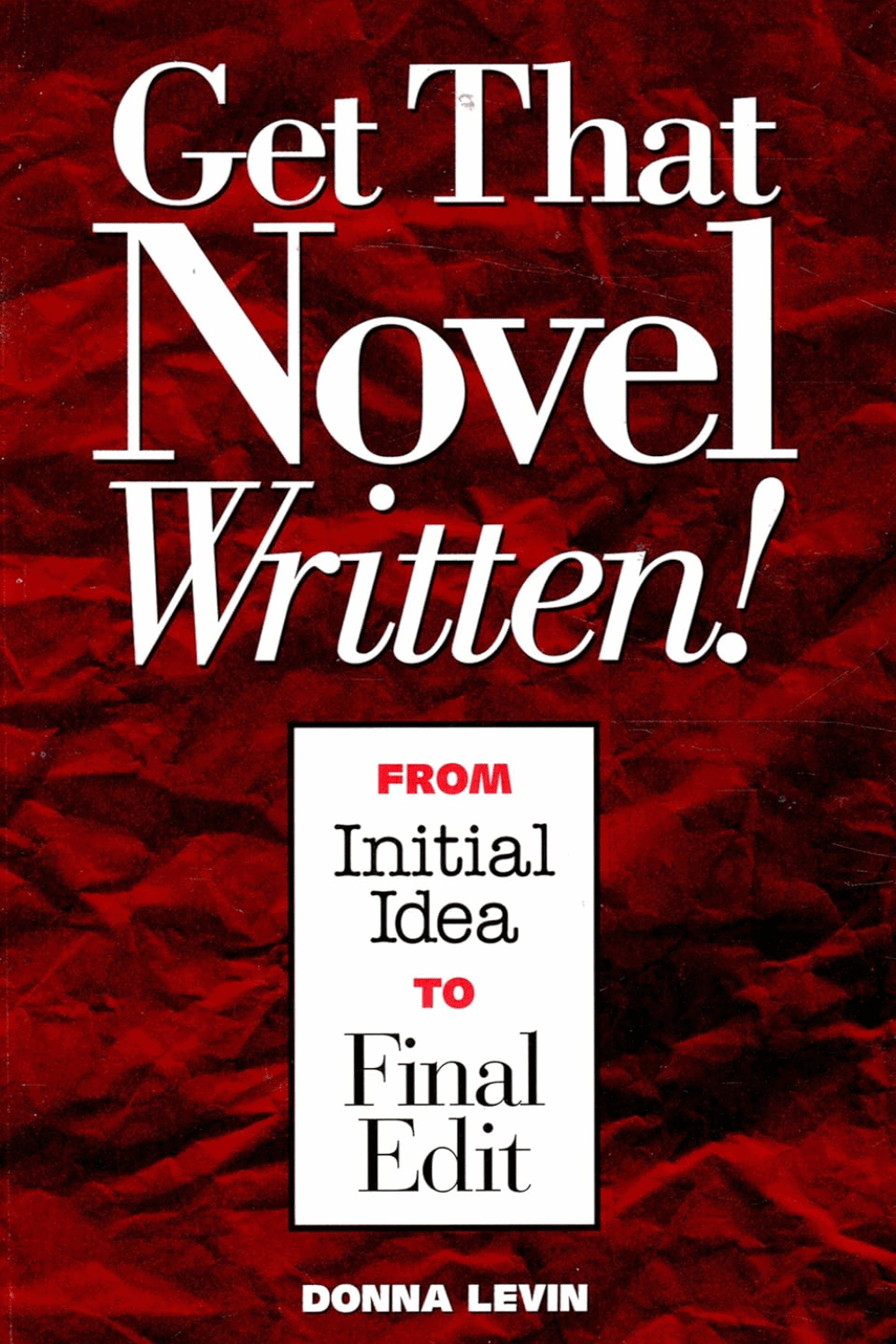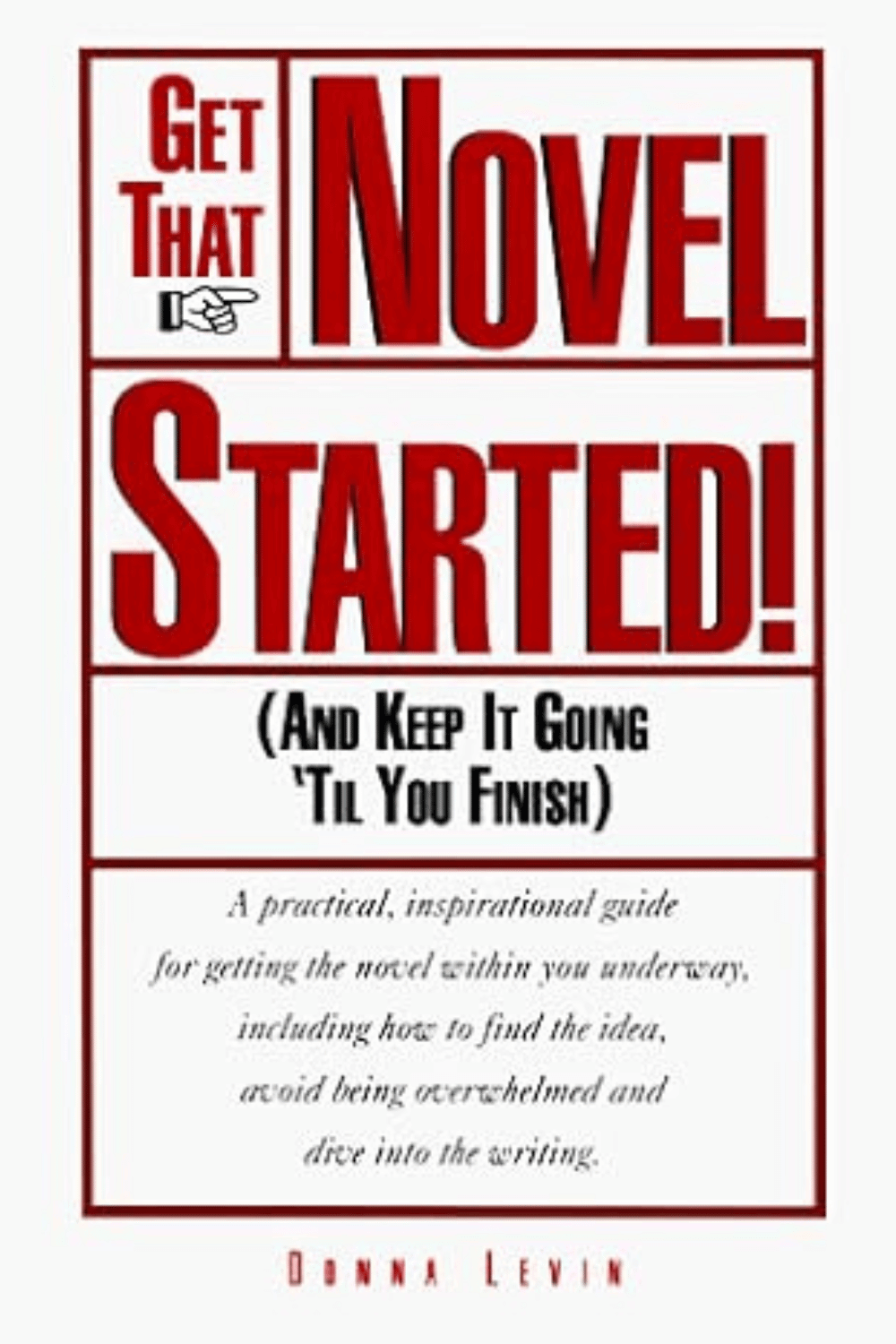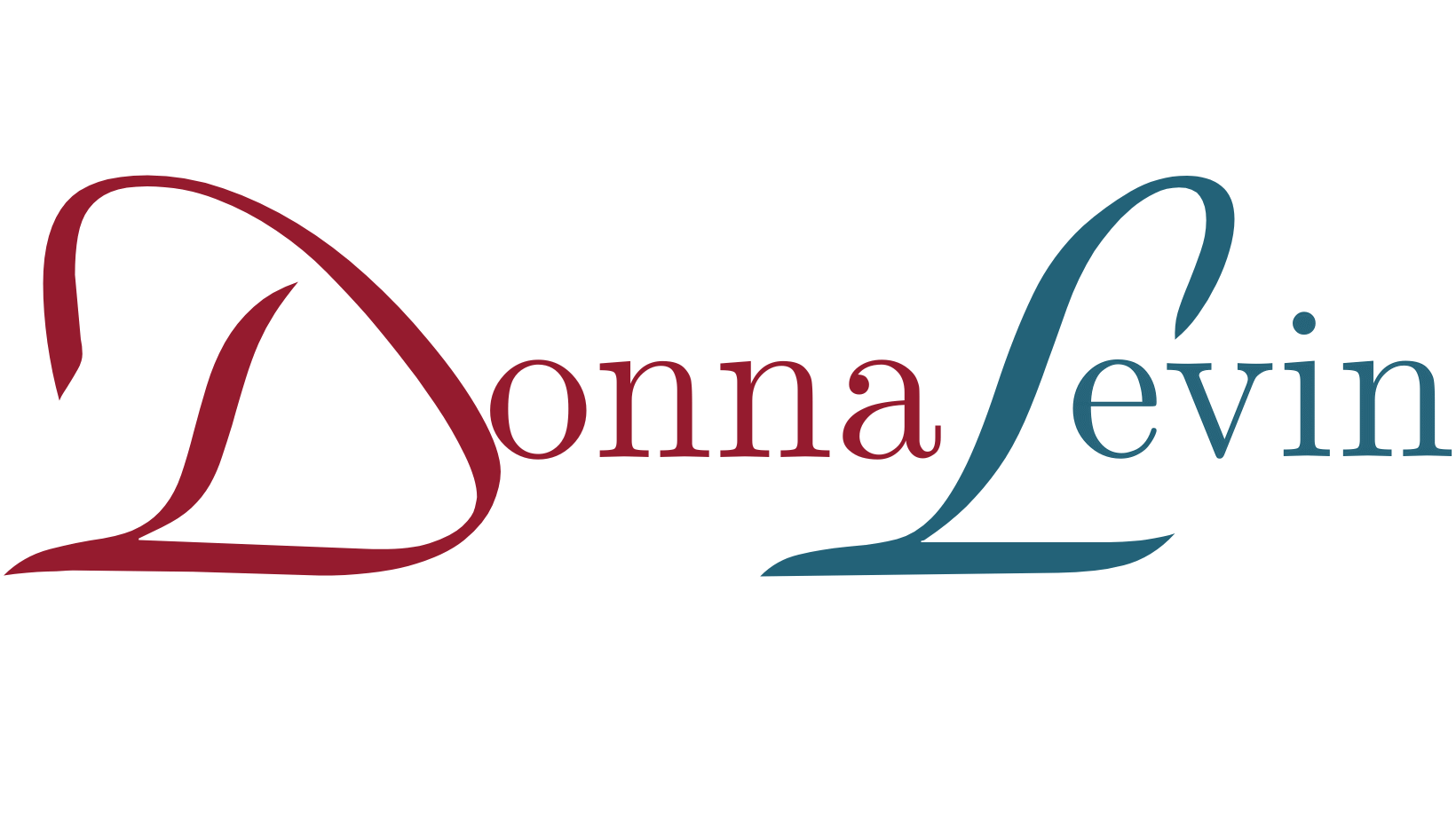
Get That Novel Written!
Levin shows beginning as well as experienced novelists what makes the juiciest conflicts, how to use point of view, and how to get to know the characters. Levin also divides topics into “The Basics” and “The Finer Points”, offering writers two levels of instruction.

Get That Novel Started
A detailed how to-guide to writing a novel provides exercises, outlines, and practical advice from starting to finishing a novel
“Talent is extremely common. What is rare is the willingness to live the life of a writer.”
Kurt Vonnegut
Recommended Reading on Craft
The Elements of Style
William Strunk, Jr. and E.B. White.
You may not think you need it. I know I didn’t think so. But I did—and I do. I’m too embarrassed to admit to some of the basic mistakes I was guilty of until recently, and I’m too ignorant to know which ones I continue to make.
And there are plenty of appalling mistakes I see in the writing of others: commas that should be periods or semi-colons; single quote marks that should be double quote marks; the declaration, “I’m going to lay down.”
As the titular nun in Christopher Durang’s play, Sister Mary Ignatius Explains It All to You, says, “It makes me lose my patience.”
How to Write a Damn Good Novel
James N. Frey
Frey’s greatest strength is in plotting which, like it, ou pas, is what most readers read for. He draws from Lajos Egri’s seminal work on playwriting, The Art of Dramatic Writing (also worth reading) but applies it to the novel and lays it out in the clearest possible way, using many examples, which are the foundation of any good writing book. He also covers characterization, point of view, and the other usual suspects of fiction.
How to Write a Damn Good Novel 2
James N. Frey
In this second volume, Frey covers much of the same ground but goes deeper. His analysis of how to use the concept of premise (“premise” is the sense of proving a point, not in the sense of “conceit”) is unequaled in my reading. His analysis of character, and how it’s inextricably linked to the plot, is also damn good.
The Art of Fiction
John Gardner
If Frey’s books are practical, “how-to” guides, then Gardner’s is at the other end of the erudition spectrum. He cautions about the use of “the infinite verb phrase” to begin sentences (such as, “Looking up from her sewing, Martha said…”), but he also explains how one can use them effectively.
Gardner’s examples come from such sources as Hamlet, the Iliad, and even—wait for it—Beowulf. But as he proclaims in the opening pages, “No ignoramus—no writer who has kept himself innocent of education—has ever produced great art.”
On Becoming a Novelist
John Gardner
This is the companion book to The Art of Fiction. It’s less about the craft of writing than about the life of a writer, although there’s plenty of good insight on the former. (There are writing exercises here as well.)
Gardner wrote this book not only before social media existed but before word processing became ubiquitous, and it’s a testament to how little has actually changed about the writing life. His observation, “The best way a writer can find to keep himself going is to live off his (or her) spouse,” is worth the price of admission.
The Art and Craft of Novel Writing
Oakley Hall
This is another guide that leans toward the academic. Hall was not only a prolific and popular novelist, but a legendary teacher—or, I should I say, professor, as he was chair of the UC Irvine MFA program in the 1980s. His tenure produced many well-known authors, including “brat packers” Michael Chabon and Brett Easton Ellis.
In addition to plotting, characterization, and point of view, Hall writes about symbolism, epiphanies, and objective correlatives. (Very few people know what the last term means, so it’s a good one to throw around at your next gathering of writers.) This is a thorough, intelligent book, distinguished by its multiplicity of examples. You can’t have too many examples in a book like this.
The First Five Pages: A Writer's Guide to Staying Out of the Rejection Pile
Noah Lukeman
Noah Lukeman is a New York literary agent, and as such, he brings an invaluable commercial perspective. (Lukeman is also a writer himself.) But although his opening chapter is about the professional presentation of a manuscript (which one absolutely needs to know), the rest is about avoiding common mistakes and how to fix them. You might say that it’s a nuts and bolts approach to avoiding phrases like “nuts and bolts.”
Together these books make up a syllabus for a class on writing fiction that covers most aspects.
Except for the Lukeman, these are all books I read a long time ago. I’ve read many others since, but I think your first books on craft are like your first language: It was from these books that I picked up my own fiction vocabulary.
I always have more to learn, though, so I’d love to hear about your favorites and why you value them.
Finding Your Writers Voice
Thaisa Frank & Dorothy Wall
“Find your voice” is the advice you’ll hear most often from writing instructors. As advice goes, though, it’s vague enough to be useless. Frank and Wall can help.
“I think I did pretty well, considering that I started out with a lot of blank pages.”
Steve Martin
